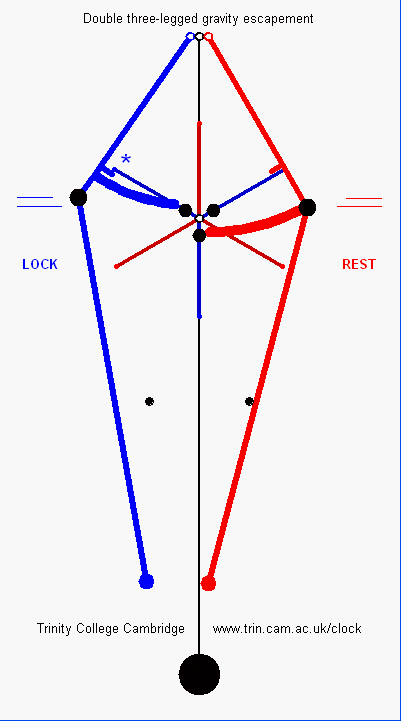

- 08 Dec 2010 [18:22]
- here is an experiment, showing the effect on amplitude of the maintaining weight [link] , over a period of 18 minutes. It seems that the maintaining weight reduces pendulum amplitude at a rate of 0.01mrad/min. This is due to pallet friction, I think. It makes the effect observed earlier today all the more puzzling - the same rate of change but in the opposite direction! Note that the increased maintaining weight has no effect on going, but the 07h35 glitch shows on amplitude AND going. There is another effect in play here. What a mystery!
- 08 Dec 2010 [07:35]
- what is this glitch [link] ? It lasts for about 10 minutes, increases amplitude by about 0.015mrad/min and seems to occur every morning at around 07h35. Now that the draught problem appears to be solved we can see more little features. maye it is something to do with the strike-sliencing mechanism? The thought is that it affects the going train as it releases between 7am and 8am. But surely this should have the same effect as the maintaining weight - ie increasing pallet friction and therefore reducing pendulum amplitude. I should check the effect of the maintaining weight this evening.
Download data





